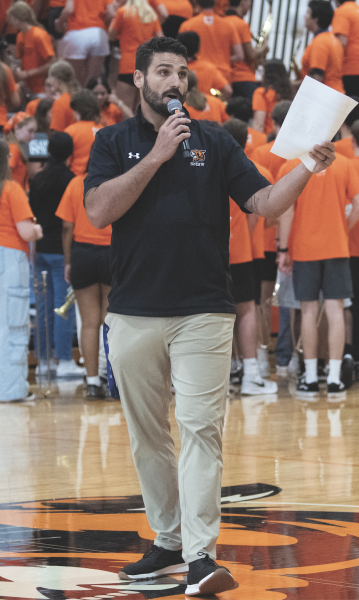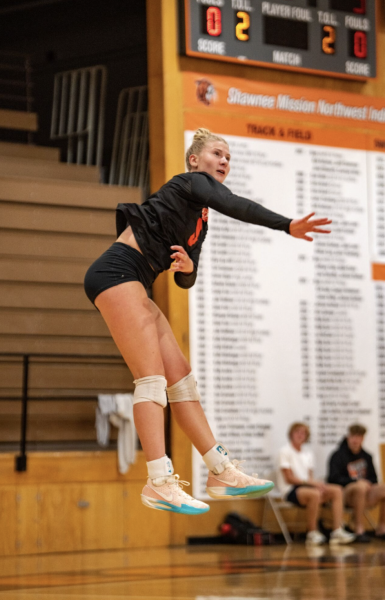The Mental Barrier
Students who are neurodivergent tackle online school with a “mental barrier”
January 28, 2021
Imagine you’re sitting at a desk in your room, working on homework. You are typing on your computer, working on your English assignment when you have the impulsive thought to slam the computer closed and destroy your fingers in the process. But you have that small voice of reason in your head, almost like a barrier, to not horribly break your fingers. Even if you want to do it, there’s a mental barrier preventing you from doing it and it’s almost impossible to override.
That’s how it feels like to be neurodivergent in school, with an invisible mental barrier preventing you from doing schoolwork or basic tasks, no matter how hard you want to do them.
Neurodivergence is a collection of neuro disorders such as dyslexia, Tourette’s Syndrome, Obsessive-Compulsive Disorder (OCD), Attention Deficit Hyperactivity Disorder (ADHD), autism and Attention Deficit Disorder (ADD). All of these disorders can affect your daily ability to do tasks, no matter how big or small. The two disorders most talked about in the school setting are ADHD and ADD.
Sophomore Madisyn Wells is a student with ADHD. She’s noticed that a lot of teachers have trouble dealing with students who are neurodivergent.
“It’s almost like they aren’t really taught about what neuro problems are unless they have it themselves,” Wells said. “Most teachers ADHD is just distractions. They don’t teach you that in women, it’s harder to diagnose because the symptoms are almost completely different from males. Women are more emotional, while men are more physical.”
The question is, how do teachers approach dealing with the mental barrier that neurodivergent students face?
For some students, school is hard enough without adding the online aspect to it. Many students can struggle with overstimulation, dissociation and attention issues in the school setting. Online school has made those issues a lot harder to overcome.
Neurodivergent students wanting to be left alone is often an effect of overstimulation. Overstimulation is when someone experiences an overwhelming amount of stimulation towards one of their senses, such as hearing or touch. Sophomore Lilly Harris often experiences it with touch. She is an artist, but her artistic passion is disrupted when some textures like clay can cause overstimulation.
“Clay feels like it’s cementing my hands together and I’ll never get it off,” Harris said. “That’s why I’ve avoided taking an art class, because of the clay unit. The feeling of paper also makes my arm feel like it has ants crawling over it. Like there’s a spider on me and I can’t get it off. I sometimes have to touch things with both of my hands to .”
Literary education professor Dr. Rachael Gabriel proposes that some ways to help neurodivergent students are creating peer groups to work on assignments, using a variety of different colors and fonts in online assignments and breaking down bigger assignments into smaller parts.
“You can’t take a specific disability label and match it with a list of accommodations,” Gabriel said. “It needs to be up to the kid whether they feel like that is a useful accommodation for this task at this time.”







